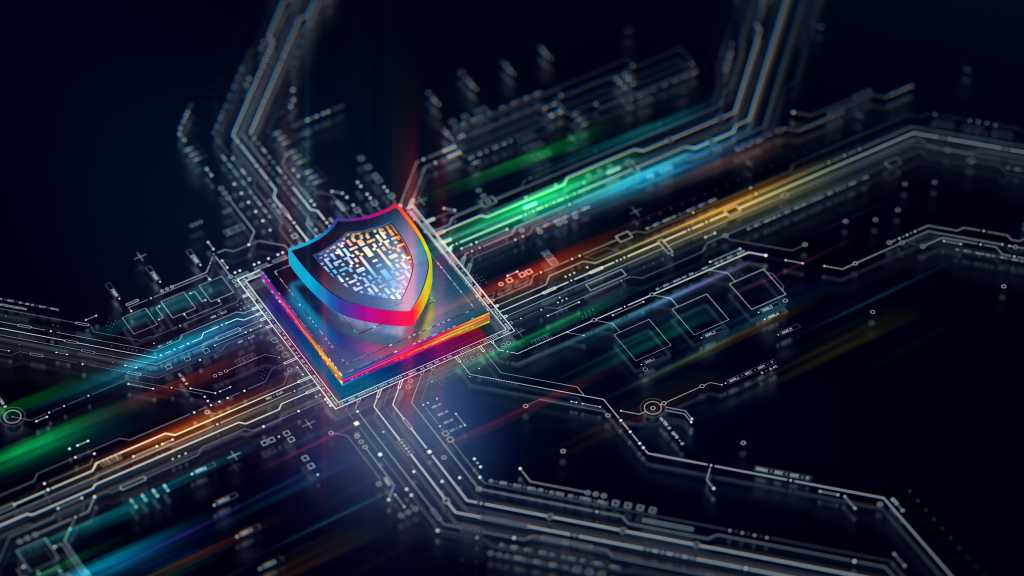Search + RAG: The 1-2 punch transforming the modern SOC with AI-driven security analytics
by nlqip

The cybersecurity industry is facing a workforce gap. In fact, the gap between the number of skilled cybersecurity workers needed vs the amount available has grown 12.6% year over year worldwide. This is at a time when the number of threats security teams face continue to escalate in volume and sophistication, in many cases simply outpacing the number of skilled workers who can address them. On any given day, a Security Operations Center (SOC) must manually wade through thousands of individual alerts, traditionally a laborious, mundane, and error-prone undertaking – until now.
Thanks to the maturing of large language models (LLMs) and the transformative generative AI applications they power, much of this manual effort to configure, investigate, and respond to attacks has become obsolete. Instead, AI-driven security analytics is modernizing the very fabric of how SOCs function, triaging hundreds if not thousands of alerts down to a handful of attacks that matter most and empowering security teams to target mindshare on evaluating and mitigating actual threats.
Harnessing the power of LLMs to evaluate alerts, address skills gap
At the heart of AI-driven security analytics is search and retrieval augmented generation (RAG), a potent tag team that provides hyper-relevant results. LLMs are only as accurate and current as the information they’ve been trained on and have access to. Because of this, they require rich, up-to-date data to deliver accurate, tailored results — and efficiently gathering this confidential knowledge requires search. Search-based RAG delivers this context automatically and eliminates the need to build a bespoke LLM and constantly retrain it on ever-changing internal data.
Additionally, AI-driven security analytics can weed out false positives by taking severity, risk scores, and asset criticality into consideration, evaluating if related alerts are a part of a broader attack chain. This automation reduces background noise to ensure valuable and limited analyst time is freed to focus squarely on investigating and addressing attacks, not triaging alerts. With an overwhelming percentage of cybersecurity professionals continuing to report burnout, these AI-driven solutions have never been timelier or more needed.
Deploying search and RAG-powered threat detection is a major step to address that gap, ensuring enterprises are protected and their existing teams have the tools needed to effectively and efficiently address threats. Fostering increased productivity will help organizations accelerate not only detection but also investigation and response.
As cyber attacks continue to increase and become increasingly complex at a rate that threatens SOCs ability to keep pace, search and RAG-powered threat detection give teams the confidence, peace of mind, and time to focus on the incidents that matter.
To learn more, visit us here.
Source link
lol
The cybersecurity industry is facing a workforce gap. In fact, the gap between the number of skilled cybersecurity workers needed vs the amount available has grown 12.6% year over year worldwide. This is at a time when the number of threats security teams face continue to escalate in volume and sophistication, in many cases simply…
Recent Posts
- Arm To Seek Retrial In Qualcomm Case After Mixed Verdict
- Jury Sides With Qualcomm Over Arm In Case Related To Snapdragon X PC Chips
- Equinix Makes Dell AI Factory With Nvidia Available Through Partners
- AMD’s EPYC CPU Boss Seeks To Push Into SMB, Midmarket With Partners
- Fortinet Releases Security Updates for FortiManager | CISA
